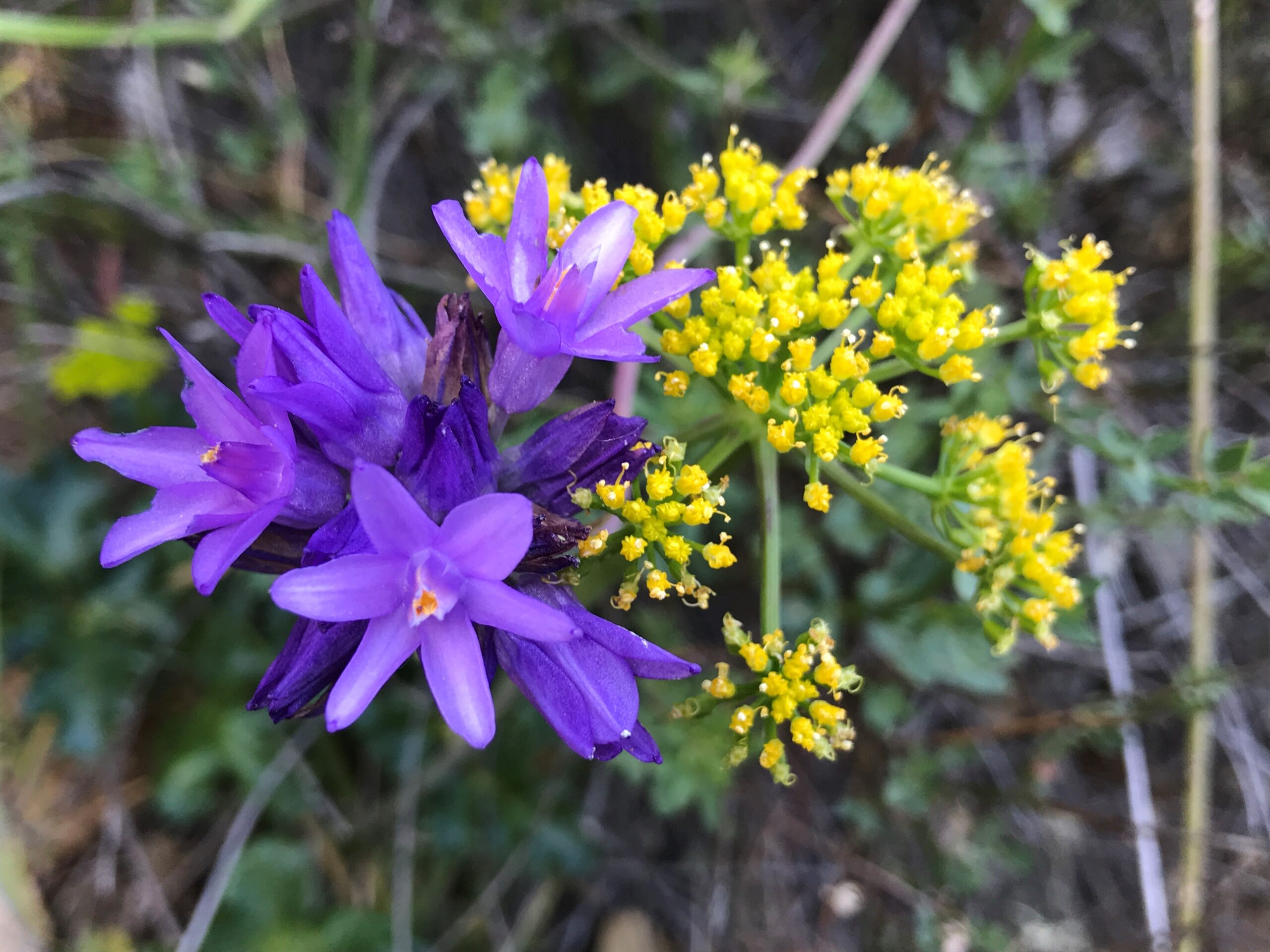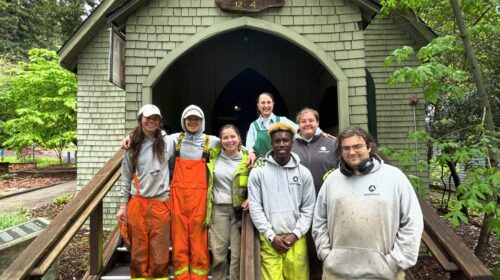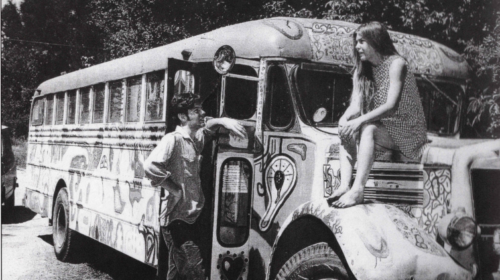Wildflowers and Native Habitat Restoration
By Pamela Morgan
The air is crisp, the sky is blue, and everything is coming back to life! The trees are greener, the flowers growing, and the feeling is divine. Songbirds wing their way through the forest amidst the colors of the season; it’s as if you’re dreaming and you remember what the breeze feels like on bare skin. The renewal of the Earth each year should excite you to set new goals, plant a little garden, take a walk, or go hither to discover the abundance of species in our backyards and local forests.
I found myself down on my knees last week in Pogonip celebrating the beauty of tiny pink grass Crocus. I was smitten again a few days later on my weekly jaunt to Quail Hollow to find the one bloom I’d been waiting a whole year to see again: the trailside Checkered Lily! It’s camouflaged with the surrounding greenery that most hikers tromp on by not realizing its rare beauty. I want to believe there are hidden Checkered Lilies elsewhere in the park, but I know of only two that emerge annually. I recently put some miles on the newly rehabilitated trails in Bonny Doon Ecological Reserve to discover patches and patches of brand new Bush Lupin that have sprouted following last year’s fire. The Yerba Santa is flourishing well after the fire and its tiny blue flowers will be blooming for another month, but I mourn the loss of the ground Broomrape, Coastal Wallflower, and two wild Azaleas that appear to have succumbed.
Following a passion for finding native wildflowers and mushrooms, I’ve been expanding my knowledge about specific local native plants by contributing to a new website created by Linda Skeff and Laurie Becker. The SLV Native Habitat Restoration Program was founded as a means to improve and restore private and public lands and to educate the community. The San Lorenzo Valley encompasses approximately 138 square miles of watersheds. We live in a valuable natural area with thousands of species. The SLVNHRP website offers information on how to restore our native habitat and will provide opportunities to get involved in community restoration projects.
The Santa Cruz Mountains are a living unique bioregion and this is the time of the year to celebrate and protect what we have. By reclaiming some of our natural spaces in the valley and planting natives like California Fuchsia, Pipevine, Coral Bells, and Hummingbird Sage, we bring back natural settings of color, eradicate non-natives, and provide erosion control. Get to know your neighboring lands at: slvhabitatrestoration.org.
Pamela Morgan, longtime resident of the Santa Cruz Mountains is an author, yogini, gardener, lifelong activist and earth worshiper. She runs a small business assisting clients with Trusts, Wills & Deeds at ParalegalPam.com.
Featured photo: Roundtooth snakelily with Coastal biscuitroot
Photos by Pamela Morgan




